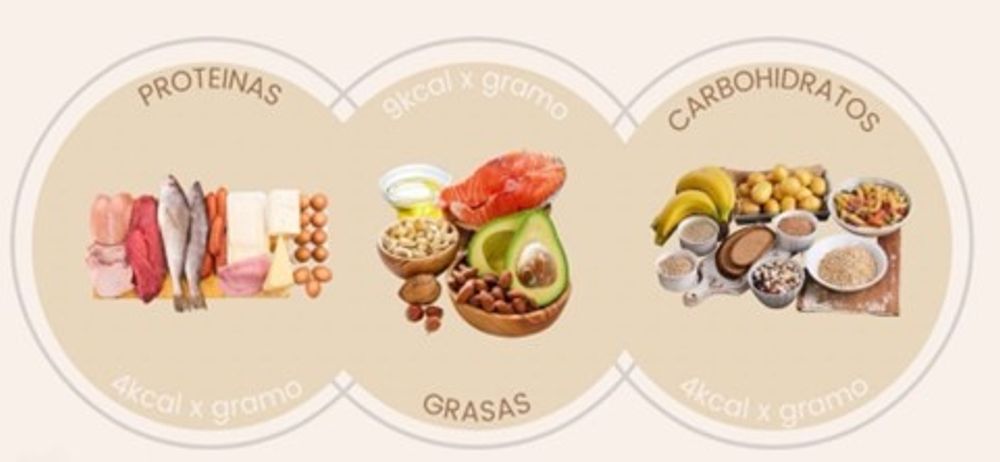
Macronutrients: What They Are, Types, and How They Influence Athletic Performance
Learn all about macronutrients: their roles, types, and the importance of nutrient timing for sports performance. Read our complete guide for athletes.

Lately there has been a lot of discussion and debate about calisthenics and muscle mass gains. There is also a debate about Calisthenics vs. Gym and the effectiveness of both in this respect. Even some Calisthenics athletes with great physiques have been accused of using steroids or secretly going to the gym.
In this article we are going to talk in detail about this topic, we will analyze what you have to do to work on hypertrophy in general, how the gym is effective for that matter and how would you have to do it with Calisthenics and with Calisteniapp.
The main center of this article is about the training part, not about diet. As you should know, for muscle mass growth to happen, your diet must be helping it you should have a hyper caloric diet, rich in protein, specially in intermediate and advanced athletes.
For beginners the diet part is tricky because some times they grow muscle even when the diet is not on point, this happens because of the fast changes in their body composition that happens when you start training from scratch.
Lately I've been seen people arguing that calisthenics is not an optimal type of training for hypertrophy, and I would like to share my opinion about this.
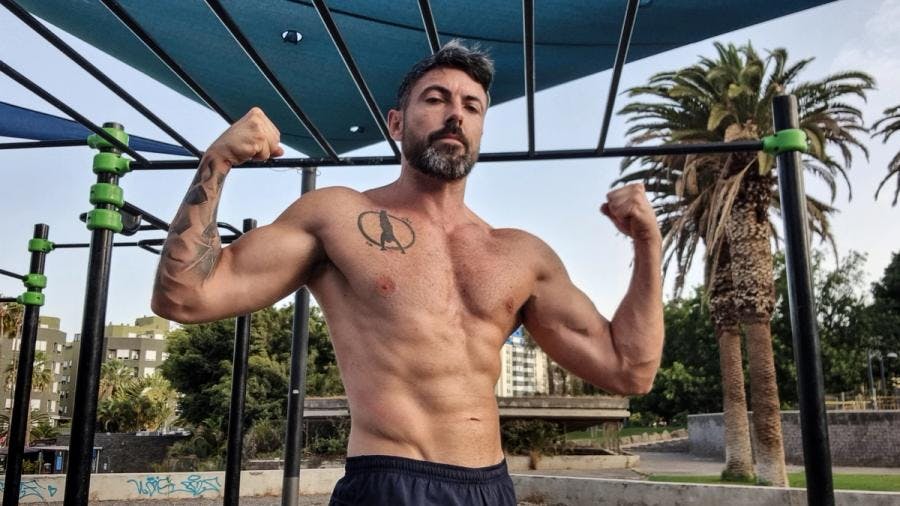
How to gain muscle mass in general
For a muscle to grow, it must receive sufficient stimulus. With this we mean a mechanic stimulus that repeatedly gets it close to its limits. Nowadays the consensus is that you should work it around 60% to 80% of it capacity. Also you should try to work a higher total volume of training in big muscle groups like legs and lower total volume in small muscle groups. For this you have to take in account individual sets, total sets on one session and total sets in one cycle of your planning.
This stimulus can be achieved with a high intensity exercise in low reps, a medium intensity exercise in medium reps, or a low intensity exercise with a lot of reps. Traditionally the recommendation has been to work in an intensity that allows you to do between 8 and 12 reps, but present literature has made the statement that the number of reps is not that important, as long as you work in that 60 to 80% of the muscle capacity.
Is the gym a better option?
Working out using weights in the gym is specifically designed for this hypertrophy work. If you want to work a muscle in its 80%, you have several machines and special equipment for that muscle and you can adjust the intensity easily adding or removing weight.
Also, this adjustment can be very specific, depending on the different machines and weights available.
Another point in favor of the gym is that those machines doesn't require a lo of technique for its use. Every movement is quite guided and relatively easy to execute correctly.
Also available in the gym you have the squat racks and the benches for free weight training, with power lifting type movements like bench press, squats, etc. Those are quite complex technically, but once you learn to do them correctly, you don't have to learn them anymore, and you just have to try to add more weight.
As we can see, it is very convenient and comfortable to workout in the gym for that muscle mass building training, because you don't need a lot of technique or theoretical knowledge. Everything is easy and when you want to work on that 60 to 80% you go to the machine for that muscle and adjust the weight. That makes training easy to plan and design.
I think this is the reason why people say that the gym is better for bodybuilding. But...
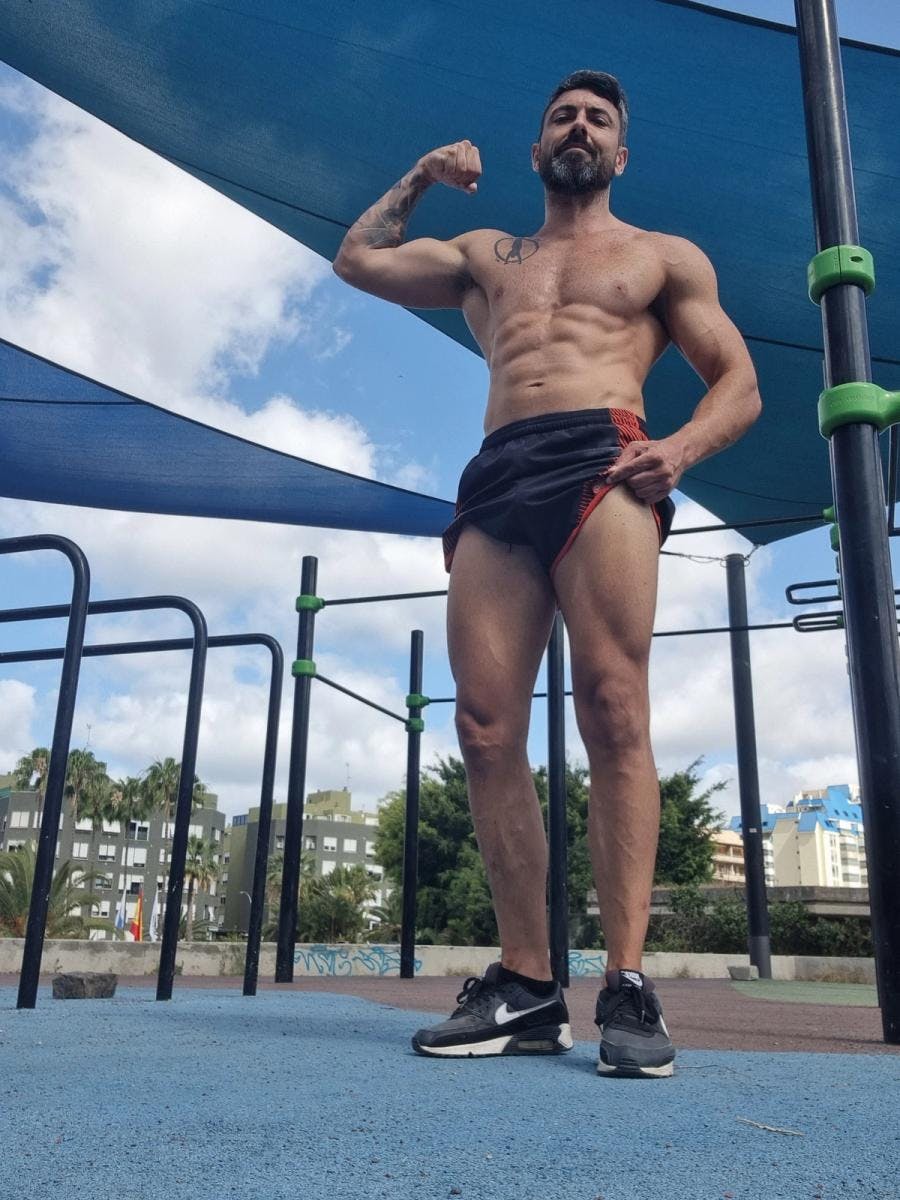
Can you do it with Calisthenics?
In Calisthenics, when we train with your own body weight, the way to get that stimulus is not that "obvious", direct or comfortable, but that doesn't mean that it cannot be done.
To increase the intensity of an exercise, you have 2 options: first you can add reps or sets to that exercise, and second you can find a more difficult variation of that exercise, which sometimes involves learning new techniques or skills.
For example if you are working on your pecs you can use push ups. Maybe with 4 sets of 15 push ups you are working on your 80%, which would be great for muscle bulding. But with time your body adapts and you would have to increase reps and sets to stay on that 80%. The problem is when you keep adding until you are doing 6 sets of 40 or 50 push ups, that might be a little bit tedious, boring, or maybe you don't even have the time available to do that.
At that point, what you should do is change to a more difficult variation of push ups, for example clap push ups. This way you can lower the number of sets and reps and stay in that 80% of your capacity. With time your body will adapt again and at some point you will need to change to an even more difficult variation, for example thigh clap push ups.
This process can be done with every muscle group and the number of variations is practically infinite.
What is the problem then? The problem is that a lot of people, because they don't know any better or don't know clearly what they are doing, tend to do this progression really slowly and not adapting to their progress. And second, they reach a limit in which they stop improving.
For example lots of people start with a routine and they keep it the same for much more time than necessary, without adding more sets, reps or both. Also some times they change the routine to another that doesn't work the same way so the progress is not continued.
And when they reach some "imaginary" limit, like sets of 30 reps for example, they think that it is not ok to keep adding more reps or sets, so they stay on that number.
So, what do we have to do? How do we fix those problems? First we have to know ourselves, we have to fell the work and know our capacity. If you are aware when you are training, you will feel when a set has really given you that stimulus, you will feel the congestion, you will feel that you have reached that 80% and you had not many reps left to reach failure.
That's why its key to be aware, and to not be distracted when training... but if that concept of feeling the muscle and being aware of the congestion is not for you or you are not very good at it. You can calculate it objectively, just choose the exercise and go for one set to failure (real failure, not feeling a little bit tired), and then see what's 60 to 80% of that. Also be aware of the number of sets that you are going to do of that exercise, so you can adjust better.
Once you have this concept in mind, you have to advance progressively in your routines. As soon as you feel that the number of sets and reps you are doing no longer give you that stimulus, you have to do more reps, more sets, or a combination of both. But the key is that your body keeps adapting, and if you want to keep using the same exercise, you should do a great number of sets and reps. This is not something crazy, as it is the way that a lot of the more built calisthenics athletes train.
Also it is worthy to remind that another way to increase the stimulus is to add extra weight, this way is perfectly valid and you can apply what we have explained here adding weights to your pull ups, dips, etc. But I want to explain how to do it without adding extra weight.
So another resource available for Calisthenics trainees that doesn't have enough time to train for 3 hours or that don't like endurance type workouts, but want to keep improving their routine and adding muscle mass without extra weight, is to increase the difficulty of the exercises.
As easy as this: when you reach a limit where you need to do more than 30 reps in push ups to keep the stimulus for example, you can change to explosive push ups and go for 12 reps, then as you keep adapting and reach the limit again, you can change to clapping push ups, the to thigh clap push ups... etc. Another example in pull ups, you can start with Australian pull ups, then change to chin ups, then to pull ups, then to explosive pull ups... This way you can stay on a reasonable range of sets and reps without adding extra weight.
Whats the problem then? First, that this requires some knowledge about the different variations and exercise, you have to know how to advance on each one to keep the stimulus on the same main muscles. An easy way to know that is to use the app, in which you have a list of more than 400 exercises that you can order by muscle and by difficulty. Also you can search for then on the internet where you have a lot of other resources.
The other difficulty is that every time you reach a new exercise, it might require that you learn some new execution or some new skill in order to correctly do it. For example you might do decline push ups correctly, but when you want to change to pike push ups, you have to learn to do them correctly, then you advance to assisted handstand push ups and again you have to learn to do it, and then when you want to do handstand push ups... well, you have to learn to handstand... which for me is difficult but awesome at the same time.
This is why to train for hypertrophy with calisthenics you require a little bit more effort and planning, but also is what makes it more enjoyable and fulfilling. You can't compare simply adding more weight in the gym and having more muscle, to having the same muscle but being able to handstand push up, muscle up, etc.
Another difference with working out in the gym is that in Calisthenics it is difficult to isolate some muscles, without including the whole muscle group. This can be solved using rubber bands, extra weights, kettle bells, etc. And also this takes us to the next point:
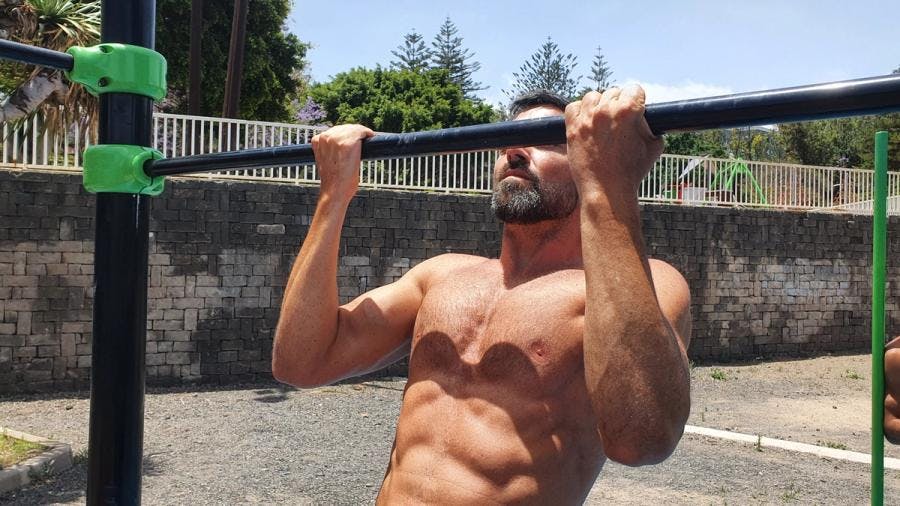
Isolated work vs. compound exercises
Traditionally we have seen isolated work as the optimal for hypertrophy. But nowadays the scientific literature and some bodybuilding schools seem to favor compound exercises as perfectly valid (at least) for muscle building. This has resulted in new trends like Powerbuilding and other methods that use squats, dead lifts, bench press, military press etc. as main exercises.
How to train for muscle building with Calisteniapp
As the app is built nowadays, the recommended path for those that want to build a lot of muscle is to use our Smart Progress routines, training a muscle group for each day.
Smart Progress routines adapt to your level, and then they adapt to your progress, so you can be hitting that adequate stimulus on each session.
You have Smart Progress for: Pecs and triceps, back and biceps, legs, shoulders, core... so you can easily do your planning and sculpt your body.
Personal opinion and conclusion
Can you work on hypertrophy with calisthenics? Yes. Is it better or more effective working with weights in the gym? It is not better or worse, simply put to do it with calisthenics you need more knowledge and better planning, and it requires you to learn some skills along the way, which for me is fun, motivating and fulfilling. And you have this wonderful tool called Calisteniapp that can do the work for you.
Hypertrophy oriented training have some specific characteristics that can be achieved with different types of exercises, being calisthenics, weights in the gym or any other.
If your training is planned correctly you would get the same results, independently of the method of training that you use. So lets go for it!

Yerai Alonso
Cofundador de Calisteniapp, referente en calistenia y el street workout en Español. Con más de una década de experiencia, es creador de uno de los canales de YouTube más influyentes del sector. Autor del libro La calle es tu gimnasio, campeón de Canarias y jurado en competiciones nacionales e internacionales.
Join our newsletter
Learn everything you need to know about calisthenics

Learn all about macronutrients: their roles, types, and the importance of nutrient timing for sports performance. Read our complete guide for athletes.

Not sure what to eat before training calisthenics? In this article, we explain the ideal pre-workout nutrition based on your specific type of training session.
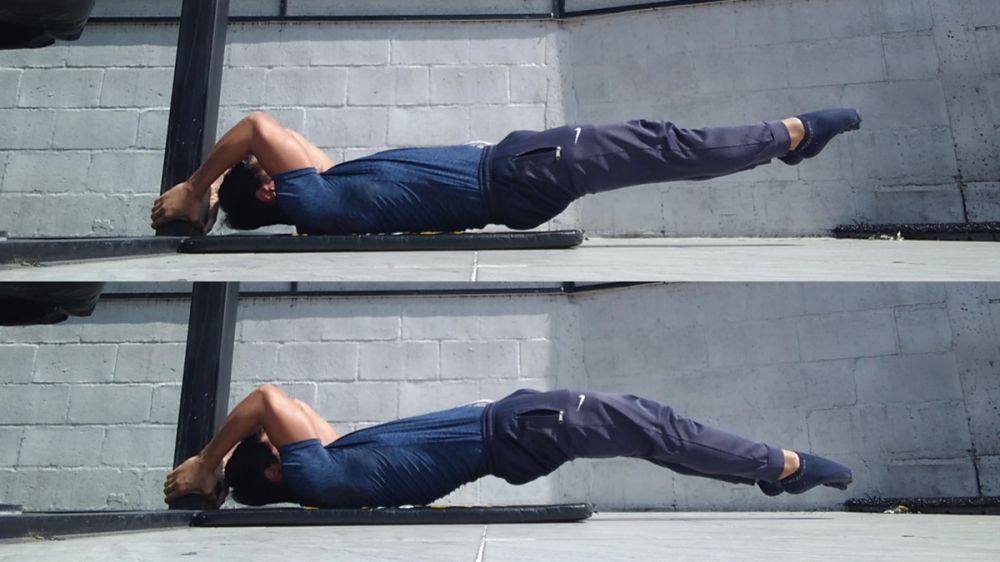
If you want to know everything about how to make dragon flags, here's a complete guide geared towards real progressions.
